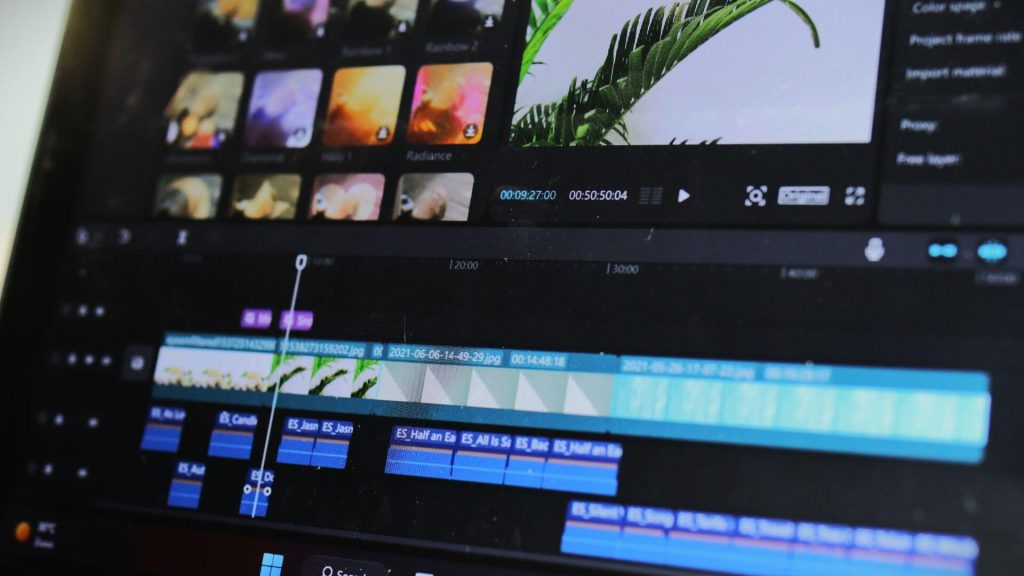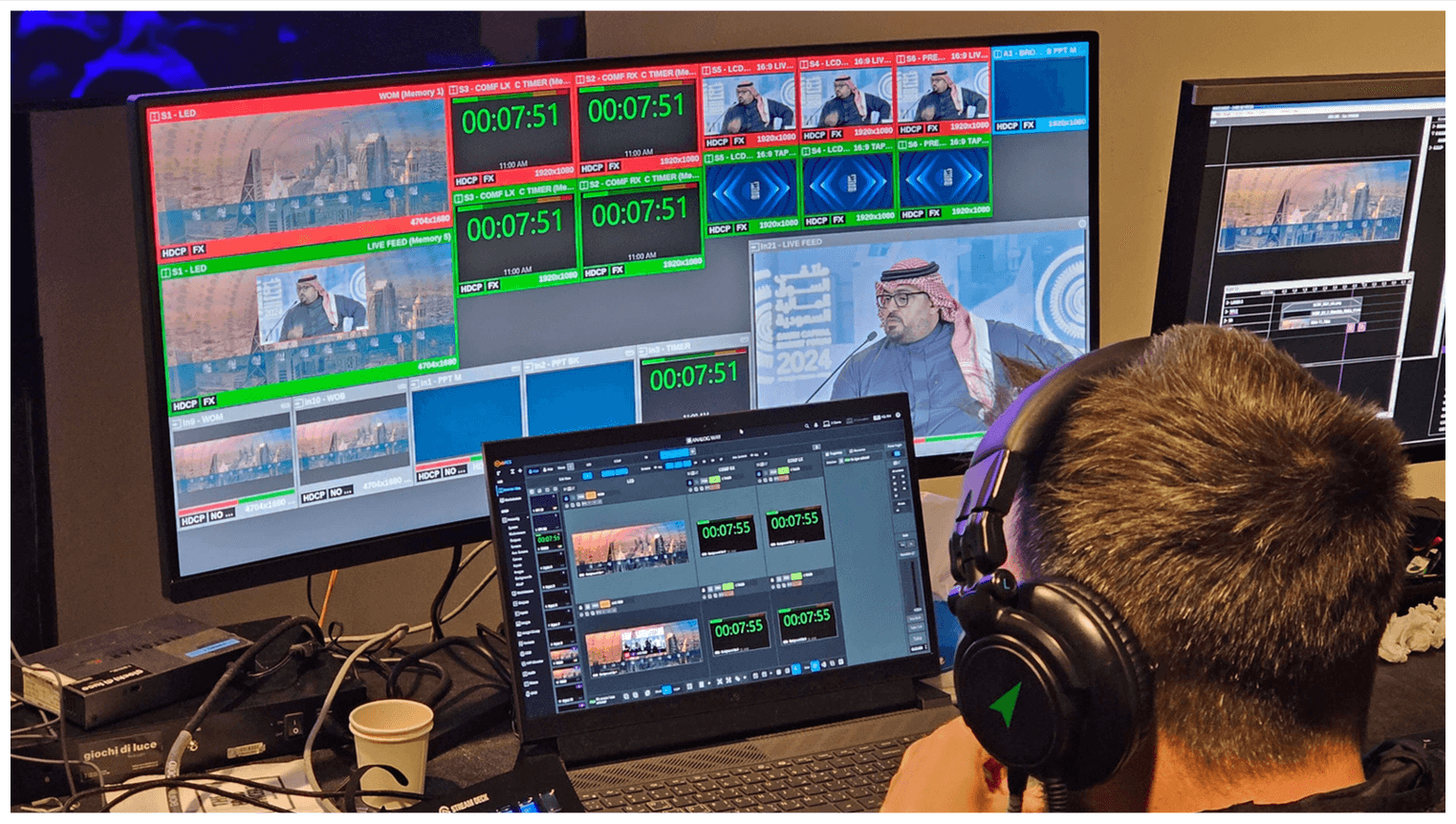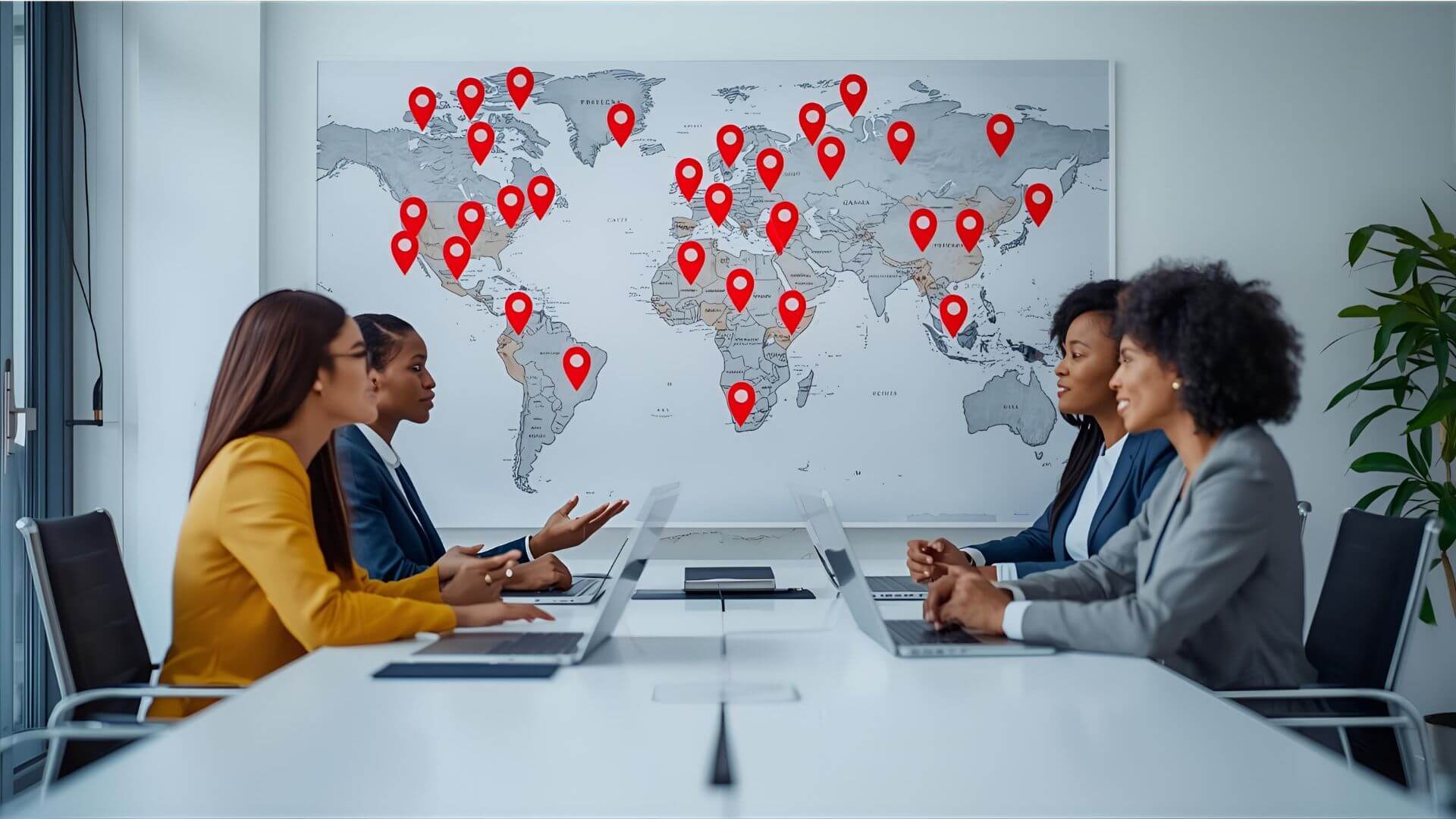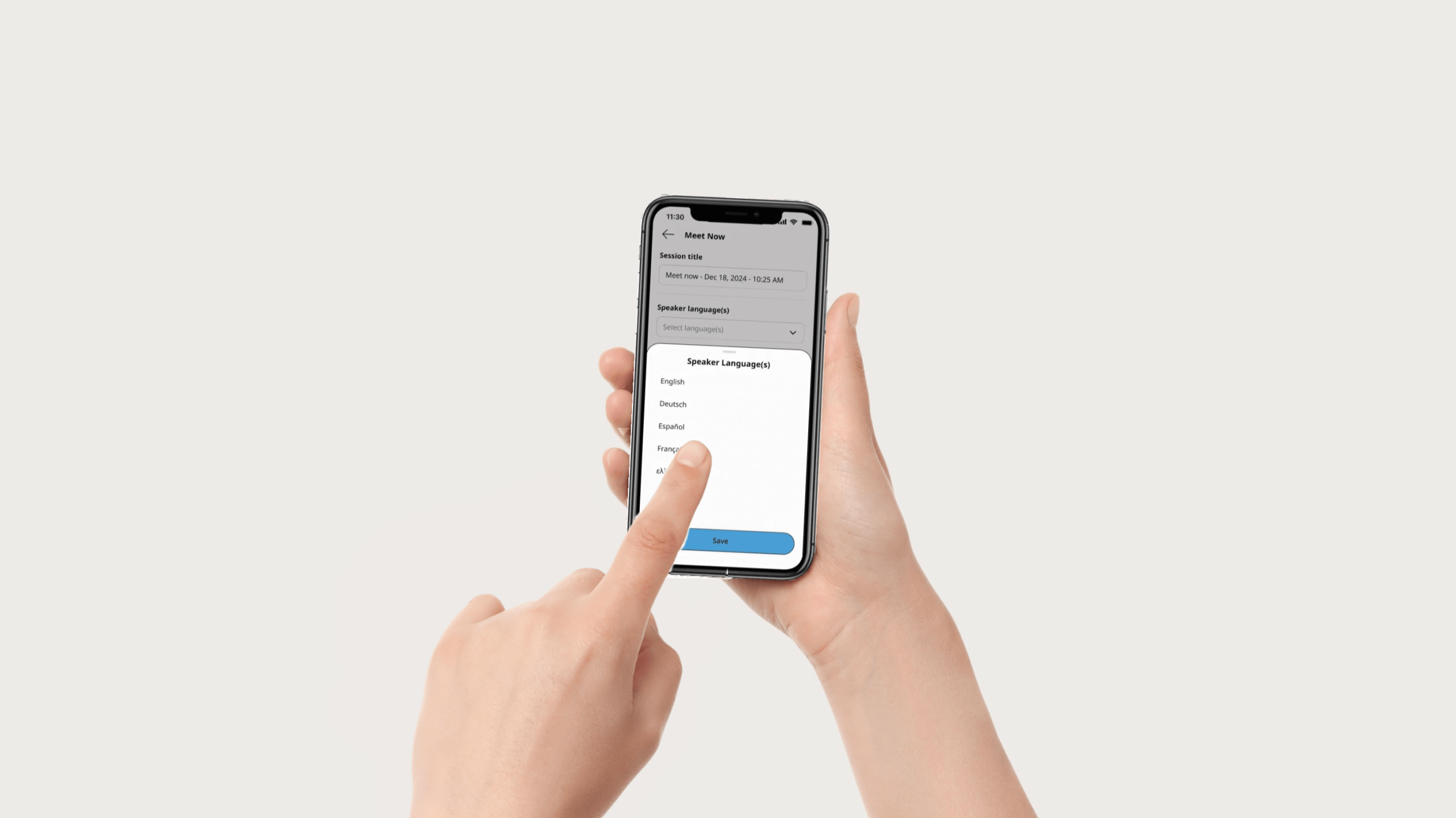Researched and written by Evan – ~4 min read

In 2025, video reigns supreme as a medium. But more than just flashy visuals and sound, the words that accompany your video, especially captions, can make or break its reach, impact, and inclusivity. Captioning is no longer optional; it’s a differentiator. Below are key reasons why every smart brand, speaker, or event should caption its videos.
1. Accessibility & Inclusion: Let Everyone In
Captions allow people who are deaf or hard of hearing to access your content in full. But it’s not just speech: many caption systems also include nonverbal cues (e.g., “[applause]”, “[music]”), making the experience richer.
Also, some countries and jurisdictions are pushing digital accessibility laws. In the U.S., updates to ADA and related regulations now emphasize that digital content (including video) must meet accessibility standards.
In short: captions aren’t just nice to have, they help your content be usable by everyone.
2. Silent Viewing Is Huge (Especially on Social & Mobile)
Many people watch videos on mute (in offices, public spaces, social media feeds). Captions allow your message to be understood even if the sound is off.
Statistics back this up: captions can lead to higher viewer retention, longer watching time, and more engagement.
Especially on platforms like Instagram, LinkedIn, and Facebook, where sound is frequently muted by default, captions are often the difference between someone scrolling past or engaging.
3. SEO & Discoverability: Turn Your Video into Searchable Content
Search engines and AI systems can’t “listen” to audio. But they can crawl text. When you provide captions or transcripts, you convert your video speech into indexable text, which boosts your SEO.
That means your video can show up in Google, YouTube, and subsequently ChatGPT or other search results based on its captions, giving you more organic reach.
Also, platforms like YouTube use captions to better understand video content and match it to queries.
4. Better Comprehension, Especially for Non-Native Speakers
Watching a video in a second language? Captions help people follow along more accurately. They allow viewers to pause, scan, or read ahead, reinforcing understanding.
In technical or specialized videos (think medical, legal, engineering), captions help by showing exact terms spelled out, so viewers don’t get lost in jargon or accent differences.
This improves clarity and reduces misinterpretation, critical when stakes are high.
5. Legal Protection & Compliance
In many jurisdictions, accessibility laws require captions for video content. If you fail to provide them, you risk lawsuits, penalties, or claims of discrimination.
Even if you’re not legally compelled yet, adding captions preemptively shows responsibility and forward thinking, especially if your audience includes public sector or regulated industries.
6. Post-Production & Repurposing Efficiency
Once you have an accurate caption track or transcript, repurposing content becomes much easier. You can:
- Turn your transcript into blog posts, social captions, whitepapers
- Clip segments with subtitles already embedded
- Translate captions into new languages, expanding your audience
This reuse makes video content more valuable over time.
7. Technology Has Evolved—It’s Easier Than Ever
You don’t need a huge team to caption videos. AI tools now generate captions automatically; human editors polish them.
Tools exist that support burning-in captions (so they always appear), closed captions (toggle-able by user), or hybrid workflows.
For live events or streaming, AI captioning solutions are emerging (e.g. injecting captions live into streams) so your event is accessible in real time.
Bonus: Captioning Builds Trust & Brand Perception
When you caption your videos, people see that you care about inclusivity, clarity, and accessibility. That builds trust. It signals professionalism and attention to detail, keys for clients in interpreting, events, and language services.
Tips for Getting Captions Right
- Use human review whenever possible (auto-captions alone often misinterpret homophones, accents, speaker names)
- Make sure captions are synchronized properly (not lagging or skipping)
- Use high contrast text (white on dark, or dark on light), readable font
- Position captions so they don’t obscure important visuals
- For multilingual content, provide translated subtitle tracks
- For live events, use low-latency captioning systems
Conclusion
In 2025, captions are more than an add-on; they’re an essential part of any video strategy. Whether you’re producing marketing content, event recaps, training videos, or livestreams, captions enhance accessibility, engagement, understanding, reach, and legal compliance.
If your next video doesn’t have captions, now’s the time. And if you need help building a captioning workflow or integrating live captions for events, that’s exactly what we at Langpros do. Let’s make sure your videos speak not just through audio, but through words also.





